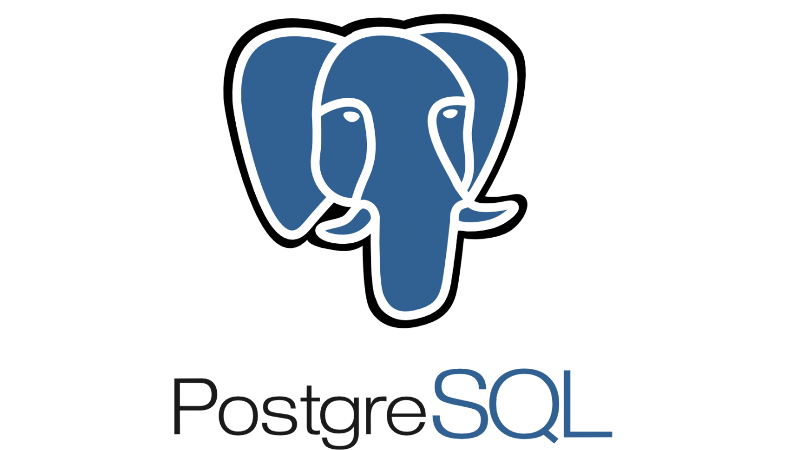[arafat@server ~]$ psql
psql (12.3)
Type "help" for help.
arafat=# \l
List of databases
Name | Owner | Encoding | Collate | Ctype | Access privileges
--------------+----------+----------+-------------+-------------+-----------------------
arafat | postgres | UTF8 | en_US.UTF-8 | en_US.UTF-8 |
postgres | postgres | UTF8 | en_US.UTF-8 | en_US.UTF-8 |
template0 | postgres | UTF8 | en_US.UTF-8 | en_US.UTF-8 | =c/postgres +
| | | | | postgres=CTc/postgres
template1 | postgres | UTF8 | en_US.UTF-8 | en_US.UTF-8 | =c/postgres +
| | | | | postgres=CTc/postgres
(4 rows)
arafat=# \h CREATE DATABASE;
Command: CREATE DATABASE
Description: create a new database
Syntax:
CREATE DATABASE name
[ [ WITH ] [ OWNER [=] user_name ]
[ TEMPLATE [=] template ]
[ ENCODING [=] encoding ]
[ LC_COLLATE [=] lc_collate ]
[ LC_CTYPE [=] lc_ctype ]
[ TABLESPACE [=] tablespace_name ]
[ ALLOW_CONNECTIONS [=] allowconn ]
[ CONNECTION LIMIT [=] connlimit ]
[ IS_TEMPLATE [=] istemplate ] ]
URL: https://www.postgresql.org/docs/12/sql-createdatabase.htmlPostgreSQL: Very First Commands

This writing is actually a draft note made for me so that I myself don’t forget what I have learned. For that, I think this note will be helpful for those who want to learn new Postgres.
1. Some Very First Commands
-
\q: Quit/Exit -
\l: List all databases in the current PostgreSQL database server -
\h: Show the list of SQL commands -
\c database: Connect to a database -
\d: To describe (list) what tables are in the database -
\d table: Show table definition (columns, etc.) including triggers -
\i filename: to run (include) a script file of SQL commands -
\w filename: To write the last SQL command to a file -
\h command: Show syntax on this SQL command -
\?: Show the list of postgres commands
1.1. Examples
1.2. CREATE DATABASE
arafat=# CREATE DATABASE test;
CREATE DATABASE
arafat=# \l
List of databases
Name | Owner | Encoding | Collate | Ctype | Access privileges
--------------+--------------+----------+-------------+-------------+-----------------------
arafat | postgres | UTF8 | en_US.UTF-8 | en_US.UTF-8 |
postgres | postgres | UTF8 | en_US.UTF-8 | en_US.UTF-8 |
template0 | postgres | UTF8 | en_US.UTF-8 | en_US.UTF-8 | =c/postgres +
| | | | | postgres=CTc/postgres
template1 | postgres | UTF8 | en_US.UTF-8 | en_US.UTF-8 | =c/postgres +
| | | | | postgres=CTc/postgres
test | arafat | UTF8 | en_US.UTF-8 | en_US.UTF-8 |
(5 rows)
arafat=# \c test;
You are now connected to database "test" as user "arafat".1.3. DROP DATABASE
arafat_hasan=# DROP DATABASE test;
DROP DATABASE1.4. CREATE TABLE
We have to create a database again as we deleted the test database in the previous step. Here \d a list of tables, and there is no table in our newly created database.
arafat=# CREATE DATABASE test;
CREATE DATABASE
test=# \d
Did not find any relations.Now here we are creating a new table named person:
Command
CREATE TABLE person (
id BIGSERIAL NOT NULL PRIMARY KEY,
first_name VARCHAR(50) NOT NULL,
last_name VARCHAR(50) NOT NULL,
gender VARCHAR(50) NOT NULL,
date_of_birth DATE NOT NULL,
email VARCHAR(150));Output
CREATE TABLENow check the list of tables:
test=# \d
List of relations
Schema | Name | Type | Owner
--------+---------------+----------+--------------
public | person | table | arafat_hasan
public | person_id_seq | sequence | arafat_hasan
(2 rows)person_id_seq is not a table, it is a sequence to maintain and increment the BIGSERIAL value in the person table. The keyword NOT NULL means that this field can not be null or blank, we must have enter data for that field. Someone may not have email, so have kept the field as optional.
1.5. Table Definition
test=# \d person;
Table "public.person"
Column | Type | Collation | Nullable | Default
---------------+------------------------+-----------+----------+------------------------------------
id | bigint | | not null | nextval('person_id_seq'::regclass)
first_name | character varying(50) | | not null |
last_name | character varying(50) | | not null |
gender | character varying(50) | | not null |
date_of_birth | date | | not null |
email | character varying(150) | | |
Indexes:
"person_pkey" PRIMARY KEY, btree (id)1.6. INSERT INTO
Notice that, as email is not NOT NULL so it is optional to insert into the table.
Command
INSERT INTO person (first_name, last_name, gender, date_of_birth)
VALUES('Anne', 'Smith', 'female', DATE '1988-01-09');Output
INSERT 0 1Command
INSERT INTO person (first_name, last_name, gender, date_of_birth, email)
VALUES('Jack', 'Doe', 'male', DATE '1985-11-03', 'jack@example.com');Output
INSERT 0 11.7. SELECT
Fetch all data from table:
Command
SELECT * FROM person;Output
id | first_name | last_name | gender | date_of_birth | email
----+------------+-----------+--------+---------------+------------------
1 | Anne | Smith | female | 1988-01-09 |
2 | Jack | Doe | male | 1985-11-03 | jack@example.com
(2 rows)1.8. DROP TABLE
Now we want to delete our table person.
test=# DROP TABLE person;
DROP TABLE